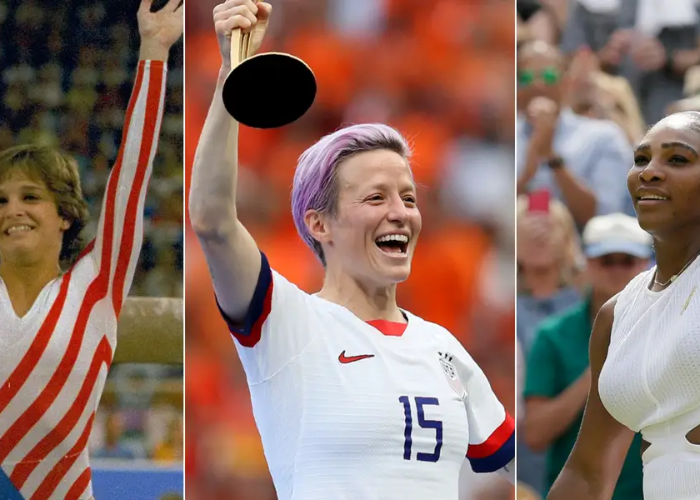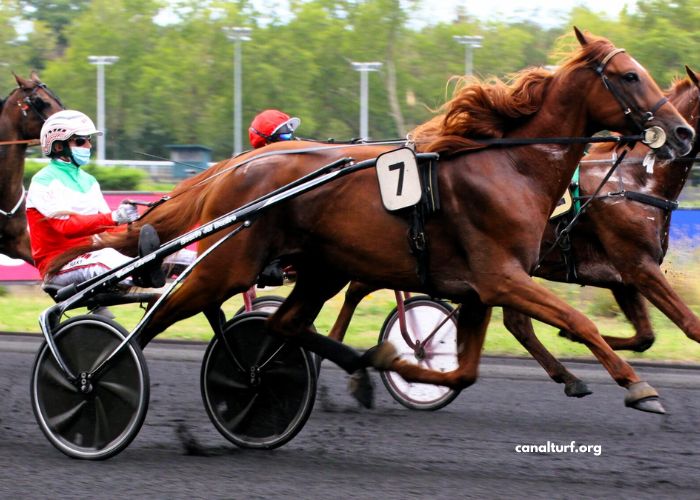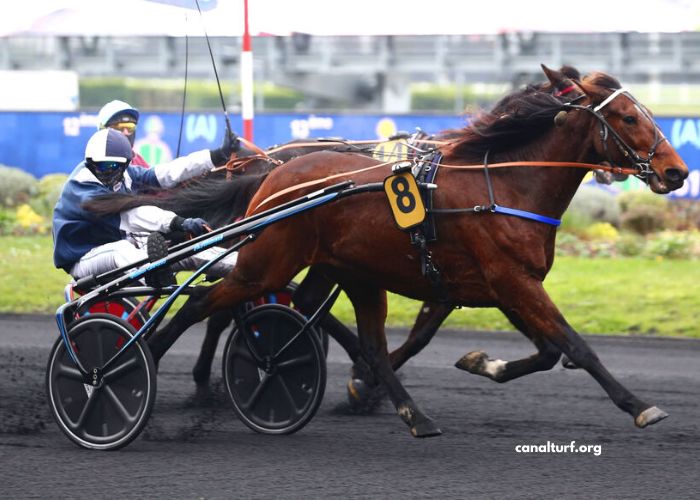In the annals of human history, sports have always been a reflection of society’s values, norms, and attitudes. For much of recorded history, sports were predominantly considered a male domain, with women relegated to the sidelines as spectators or excluded entirely. However, over the past century, a seismic shift has taken place. Women have not only broken into the world of sports but have also risen to remarkable heights, challenging stereotypes, breaking boundaries, and leading a relentless fight for equality on and off the field. This article explores the inspiring journey of women in sports, highlighting their triumphs, challenges, and the ongoing battle for true parity.
Historical Perspective: Breaking the Shackles
The exclusion of women from sports was not merely coincidental but a product of deeply ingrained societal beliefs about gender roles and physical capabilities. Ancient civilizations, such as ancient Greece, held the Olympic Games exclusively for men. It wasn’t until the late 19th and early 20th centuries that women began to challenge these norms. The suffrage movement and changing societal attitudes towards gender roles provided the foundation for women to demand their place in the sports arena.
In 1900, the Paris Olympics marked a historic milestone as women were allowed to participate for the first time. However, their presence was limited to a few “feminine” sports such as tennis, golf, and croquet. These early attempts were marred by controversies, unequal treatment, and limited recognition.
Trailblazers and Pioneers: Shattering Glass Ceilings
Despite the obstacles, women athletes persevered and shattered glass ceilings one by one. Women like Babe Didrikson Zaharias, an Olympic gold medalist in track and field, and Wilma Rudolph, who overcame polio to become a sprinting sensation, set the stage for the generations to come.
The 1960s and 70s marked a turning point as women’s sports gained more attention and legitimacy. The passage of Title IX in the United States in 1972 was a watershed moment, mandating equal funding and opportunities for women in educational institutions, including sports. This legislation acted as a catalyst, propelling a surge of interest and participation in women’s sports across the nation.
Rise of Role Models: Inspiring Future Generations
Icons like Billie Jean King, who defeated Bobby Riggs in the “Battle of the Sexes” tennis match in 1973, and Martina Navratilova, whose dominance on the tennis court was nothing short of legendary, inspired a new generation of girls to dream bigger. These women weren’t just athletes; they were symbols of courage, determination, and an unwavering commitment to equality.
The 1990s and 2000s witnessed the emergence of more diverse role models. From Mia Hamm in soccer to Serena and Venus Williams in tennis, women of different ethnicities and backgrounds became household names, breaking barriers of race and societal expectations. Their success not only boosted the popularity of their respective sports but also ignited conversations about representation and inclusivity.
Challenges and Struggles: Battling Stereotypes and Inequality
While progress has undeniably been made, the journey has been far from smooth. Gender disparities persist in various aspects of sports. Pay gaps between male and female athletes remain glaringly evident, with women earning a fraction of what their male counterparts do. This wage inequality is a stark reminder that despite their extraordinary talent and dedication, female athletes are still fighting for equitable compensation.
Media coverage and sponsorship opportunities also continue to be skewed in favor of male athletes. The perpetuation of gender stereotypes and the objectification of women in sports coverage hinder the growth and recognition of women’s sports. A study conducted by the Tucker Center for Research on Girls & Women in Sport found that women’s sports receive only a fraction of airtime and media attention compared to men’s sports.
A New Horizon: Striving for Parity
The current landscape, however, offers promising signs of change. Social media platforms have provided female athletes with a powerful tool to share their stories, advocate for equality, and connect directly with their audience. The #TimesUp and #MeToo movements have also prompted conversations about harassment and abuse within the sports world, leading to demands for safer environments for women athletes.
In recent years, women athletes have been more vocal about their rights and have begun to refuse to accept the status quo. For instance, the U.S. women’s national soccer team’s fight for equal pay garnered widespread attention and support, forcing institutions and organizations to reevaluate their practices and policies.
Looking Ahead: The Future of Women in Sports
The road ahead is paved with both challenges and opportunities. Increasing investment in women’s sports, from grassroots programs to professional leagues, is crucial for nurturing the next generation of athletes. Governments, sports organizations, and media outlets need to recognize the value and potential of women’s sports and provide equal opportunities for growth.
Cultivating a culture of respect, inclusivity, and empowerment within the sports community is paramount. Education and awareness campaigns can play a pivotal role in dismantling stereotypes and promoting equal treatment for all athletes, regardless of their gender.
The fight for equality in sports is intrinsically linked to the broader struggle for gender equality. As women athletes continue to shine on the global stage, they inspire girls and women to challenge norms, embrace their strengths, and pursue their passions fearlessly. Their resilience serves as a reminder that progress is possible when we break down barriers and work collectively towards a more equitable future.
Conclusion
The rise of women in sports is a remarkable journey of courage, tenacity, and triumph over adversity. From battling stereotypes to demanding equal pay, women athletes have relentlessly fought for recognition, representation, and respect. Their achievements transcend the world of sports, inspiring generations and reshaping societal attitudes about gender roles. As we celebrate the progress made, let us also acknowledge that the fight for equality is ongoing. By breaking boundaries and pushing for change, women athletes are forging a path towards a brighter, more inclusive future – not just in sports, but in every facet of society.




